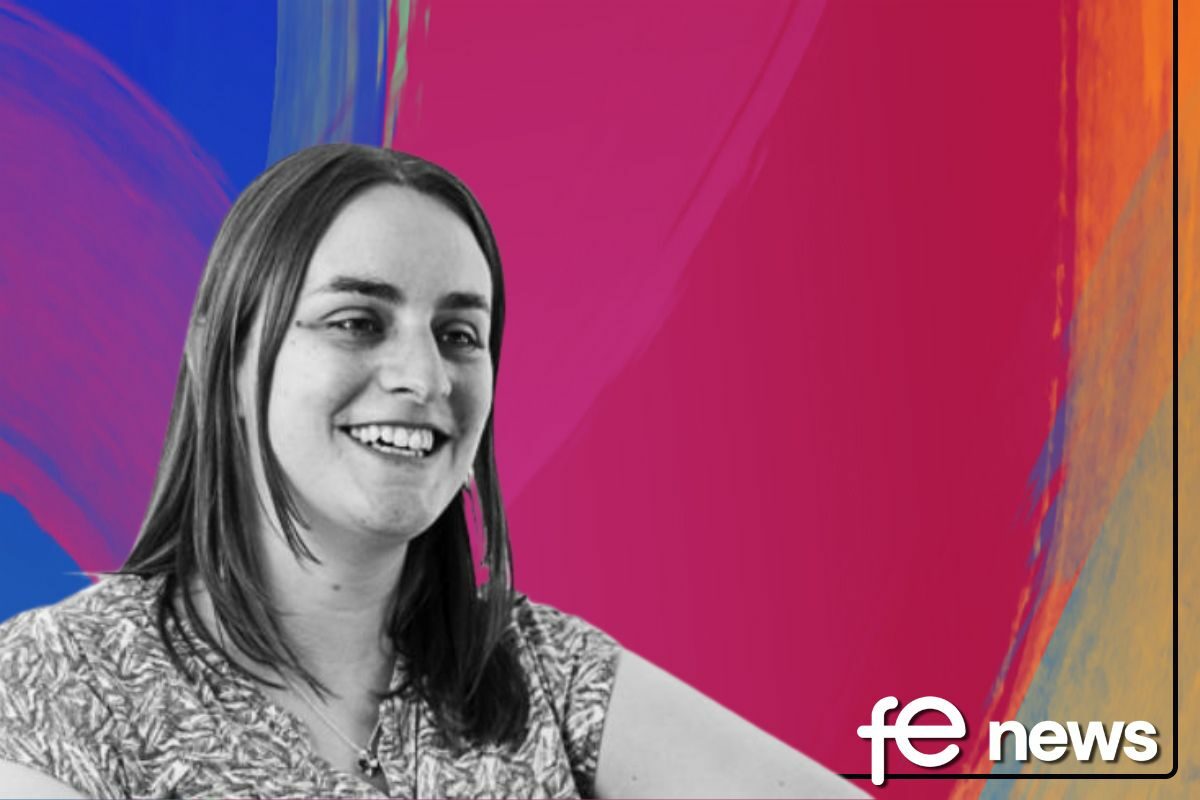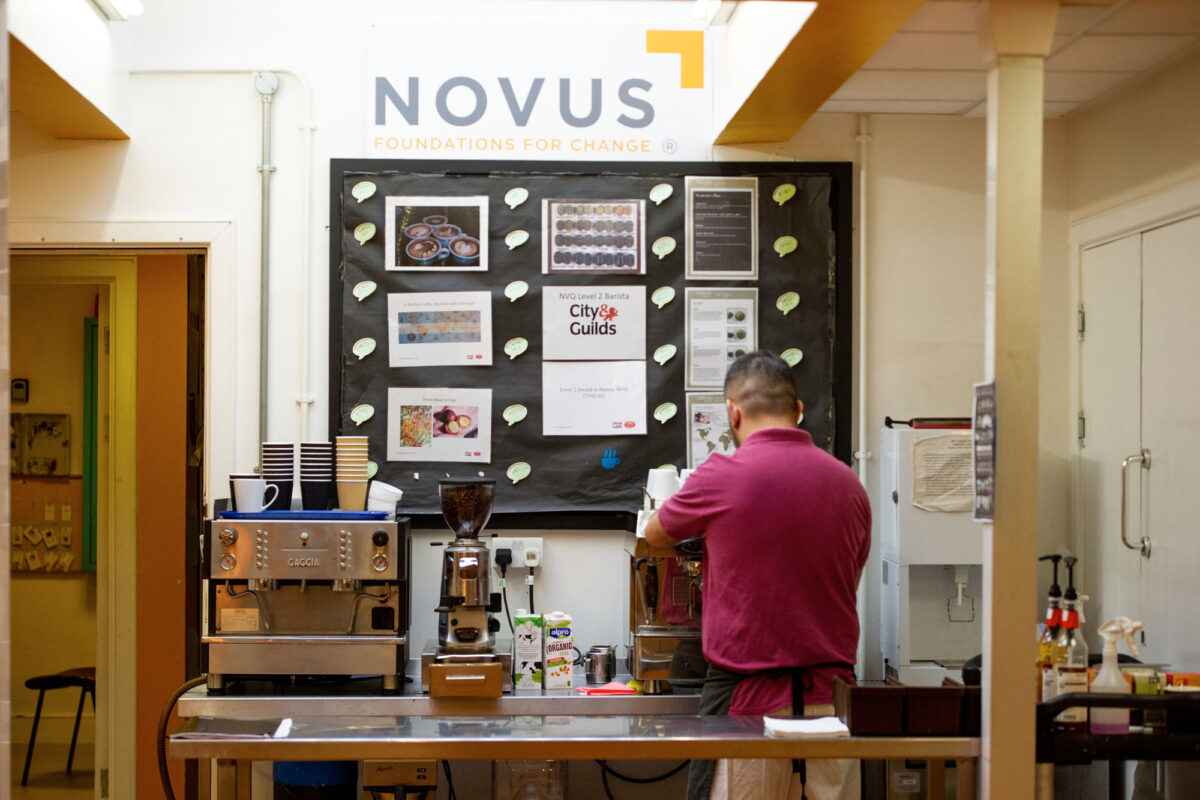The achievements, and challenges, of T Levels

A couple of weeks ago, we marked T Level celebration week, and with several members of our team having worked on T Level developments over the last two years, we at MH&A rejoiced in scrolling through social feeds packed with photos of young people achieving their goals and embarking on their technical career paths.
T Levels were introduced in September 2020, and the first set of students are now completing their studies before they spend the next few weeks eagerly anticipating results day in August. The new qualifications are aimed at 16 – 19 year-olds and are equivalent to three A Levels. The difference being that the two year courses focus on vocational skills and incorporate a substantial industry placement with an 80/20 split between the classroom and workplace.
Ensuring knowledge and relevant skills competence for their aspiring role
To ensure that every cohort which qualifies does so with complete knowledge and relevant skills competence for their aspiring role, awarding organisations work closely with employers and providers during development to understand and continually review sectors’ current and future needs. This means that at the end of their course, students are in a position to follow a variety of progression routes, including moving straight into skilled work, or applying for further study. This may be achieved through a higher level apprenticeship or a university degree.
The placement of approximately 45 days gives T Levels an edge for both students and employers. While students benefit from real-world experience, applied learning and an opportunity to hone any skills they struggled with in the classroom, employers can engage in an extended recruitment drive with minimal costs. As well as this, throughout their engagement, employers will be in a position to gain insights to their industry’s future workforce. The extended length of the placement also means that, unlike one-week work placement options, students have sufficient time to establish themselves and add true value to their workplace.
Challenges of T Levels
Of course, T Levels don’t come without their fair share of challenges. Although an extensive placement presents clear advantages, it also means that for every student enrolled, a suitable appointment needs to be found. With over 5,000 students registered for a T Level course in 2021, there is a clear need for employer support across multiple industries throughout England. Having built their core knowledge of a subject, T Levels also allow students to develop a specialism. For example, the new Craft & Design T Level that will go live in September 2023 offers Ceramics Maker as an occupational specialism. However, industry clusters in England mean such opportunities are concentrated around the Potteries in Staffordshire. Whether students come from Penzance or Penrith, it is critical that all courses, and their required placements, remain accessible to them. Again, this is reliant on the insights gained through employer and provider engagement; something that awarding organisations are heavily invested in facilitating.
This new approach to vocational study provides young people with options. University and academic routes have been the expected, unquestioned pathway for too long. I vividly remember sitting among my peers in my sixth form study centre while we were briefed on how to apply to university, application forms being passed around with no mention of any alternatives. That’s not to say that a university degree is not a truly valuable qualification. However, it’s value is limited if it doesn’t equip you with a technical foundation on which hundreds of young people hope to build a career.
Neither an academic nor vocational pathway is better than the other. They are just different. This difference is reflective of the endless opportunities across the employment landscape, and T Levels provide a truly valuable opportunity for young people to support their learning with real-world experience.
By Sarah Wilson, Senior Consultant, MH&A
Sarah Wilson is an expert in service design and programme management in and around the education sector, broadly defined. She spent five years working as a teacher and curriculum leader, in the UK and Spain, before joining MH&A in 2021. She holds a first class honours degree in international business management – which included a year’s study in Japan.
Since joining MH&A, she has provided service design advice to the Carers Trust on the ‘triangle of care’ scheme; and, is currently programme managing the development of three new T Level qualifications with NCFE and VTCT. She also leads MH&A’s communications and thought leadership programme – distilling actionable insights to help our clients succeed.











Responses